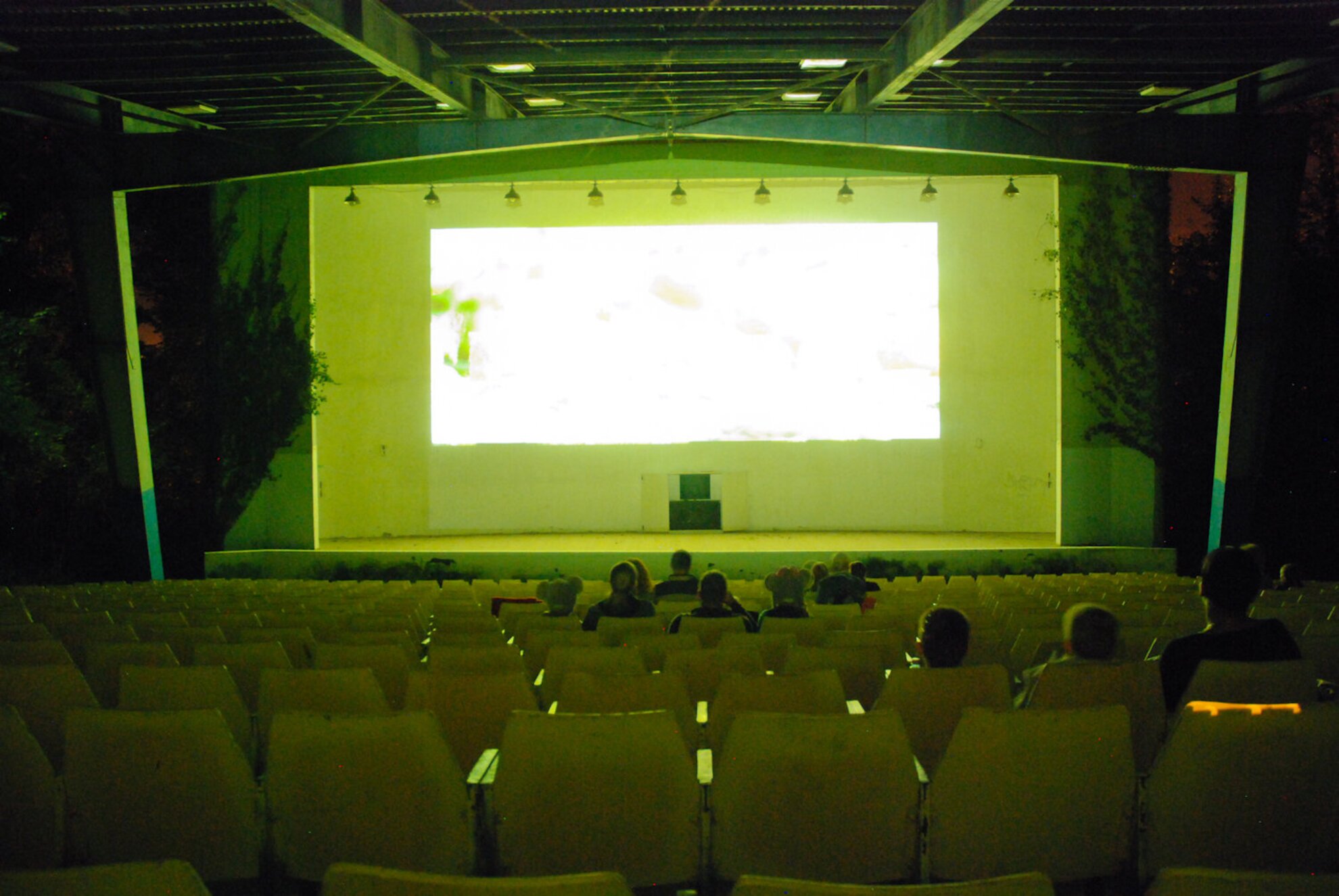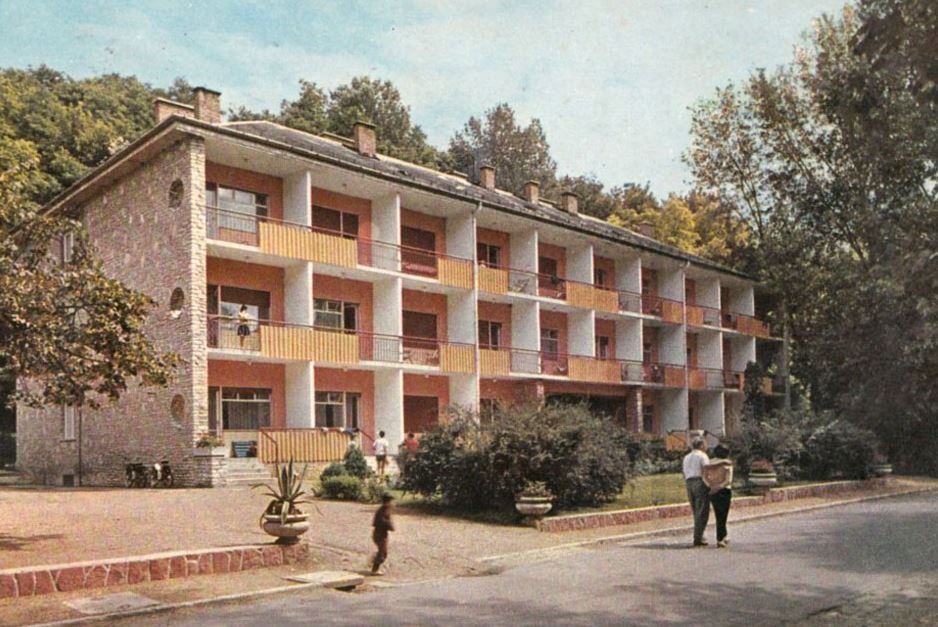Located within arm’s reach of the train station of Balatonaliga, the Club Aliga Holiday Centre is one of the biggest complexes on the Balaton shore, a 10-hectare facility boasting a 2-km long beach and a 50-hectare, arboretum-like old-growth park. Noted for more than just its unique location, the centre hosted B.my.Lake, one of the most prominent electronic music festivals both in 2013 and 2014. Some parts of the venue are closed to visitors: here you’ll find dilapidated buildings that have stood abandoned for several decades – it was only after the change of regime that their existence became more widely known.
Balatonvilágos – and Balatonaliga, which is now part of the town – is where the Socialist Party had its holiday resort between the 50s and the 80s. With the socialist regime on its way to becoming more and more fully fledged, the need for a place where the new leaders could spend their vacation soon emerged as well. Party holiday centres sprung up one after the other all over the country to ensure that important party officials and their families had everything they could wish for when they went on holiday. Some of the most popular complexes were located around Lake Balaton: in Aliga, Arács, Földvár and Tihany, with the first one being the most elaborate.
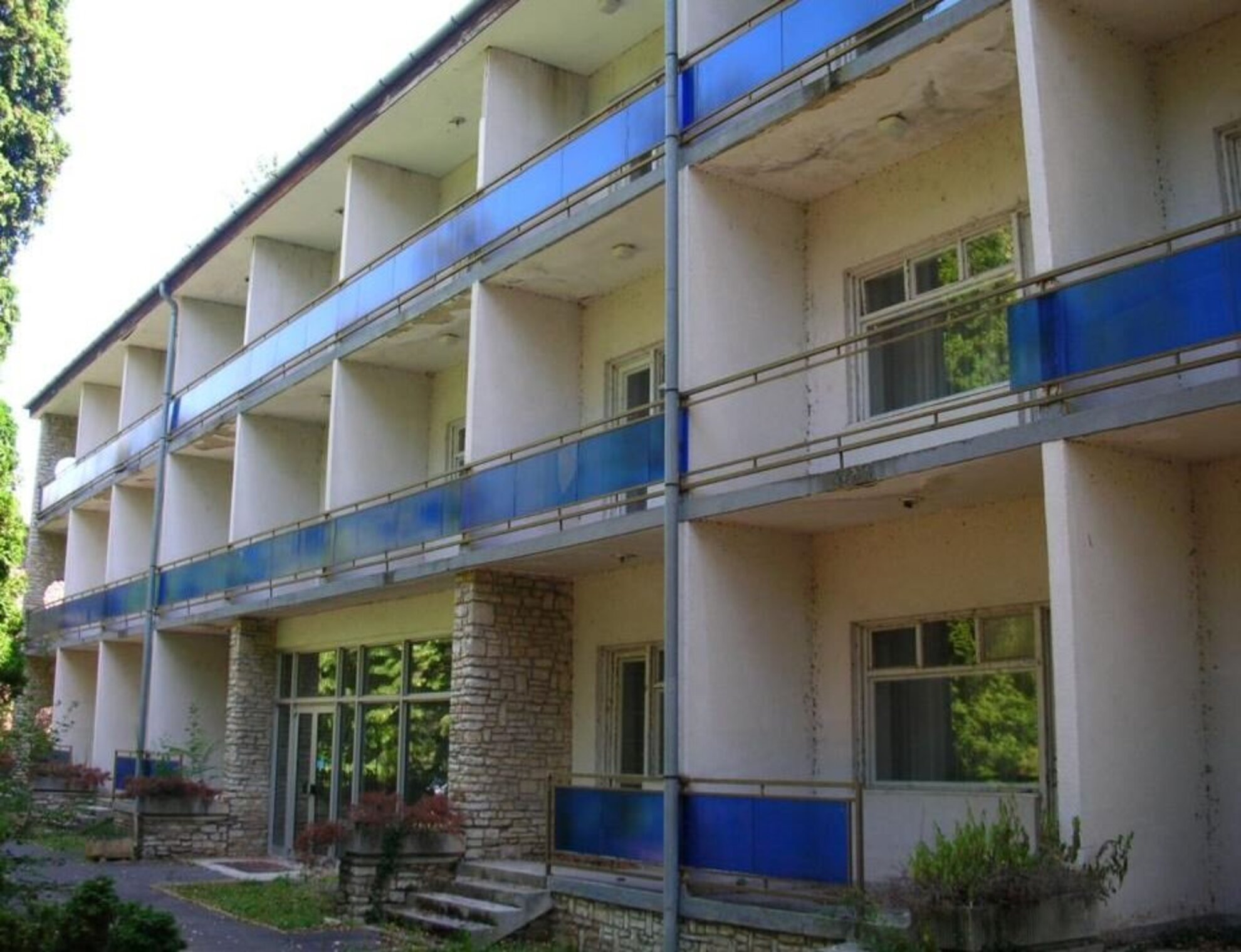
Apparently, it was Mrs. Zoltán Vas (whose husband stood at the helm of the Supreme Economic Council between 1945 and 1949 and led the National Planning Board, tasked with devising national economy plans, between 1949 and 1953) who discovered the township; she regularly holidayed at the local resort of the trade union of physicians. Later the couple rented a villa in Aliga, and fellow functionaries that visited them grew quite fond of the area as well. In 1948 the party expropriated the town, relocating residents and holiday cottage owners to neighbouring villages, and preserving some buildings while demolishing others.
The community centre on the hill was turned into the canteen of the complex, which was equipped to cater for as many as 500 people at a time. Aliga was divided into two separate units: Aliga I was where members of the state apparatus, top county-level officials and leaders of the Budapest party committee used to stay, and Aliga II hosted Political Council members, ministers and foreign heads of state, among them Khrushchev, Gagarin, Fidel Castro and Honecker. Differences in position and treatment were apparent even at Aliga I; your ranked played a determining role in what kind of room or suite you were put up in, and whether you stayed at a stone building or wooden bungalow.
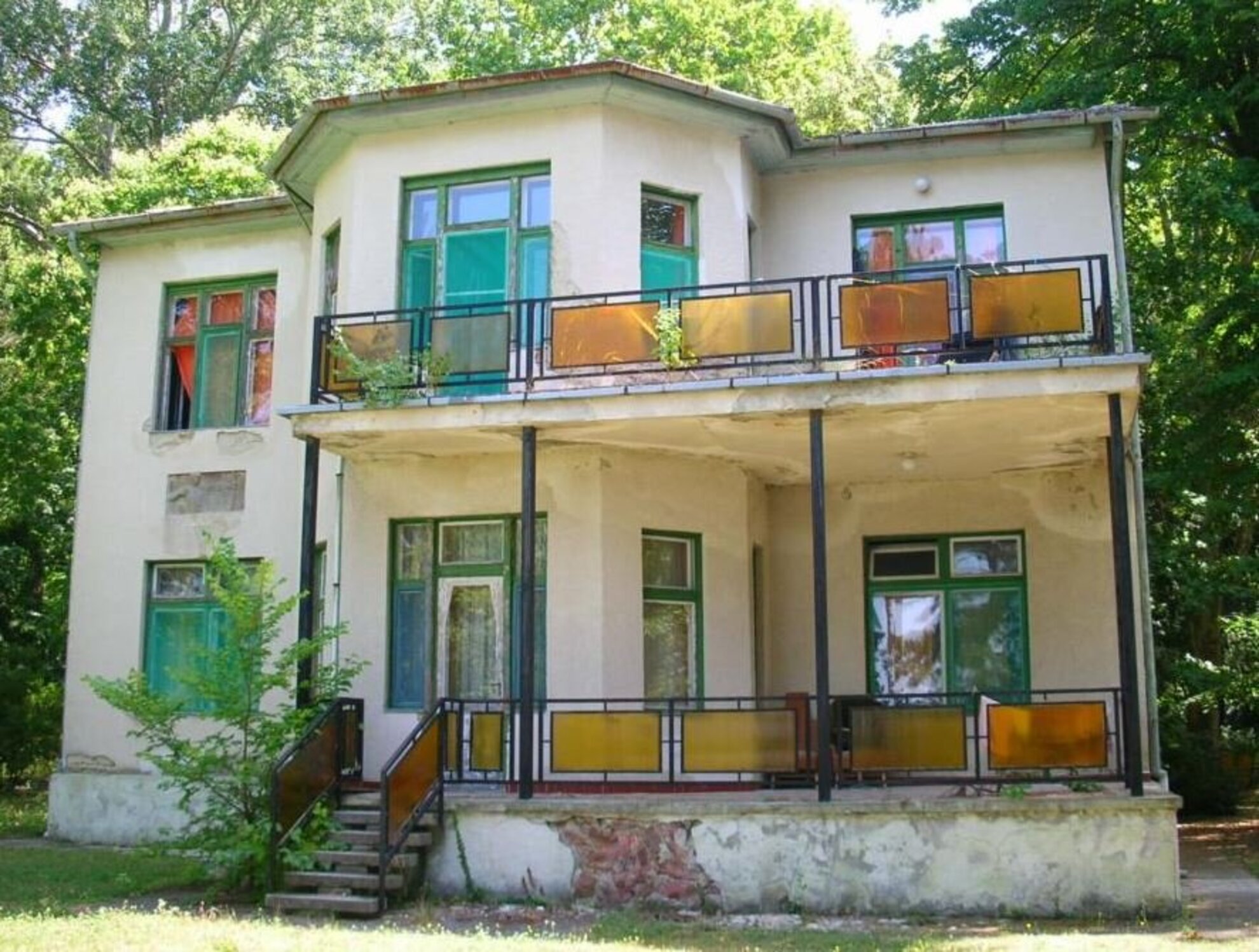
A 1.5-room building was pulled down to make space for a roughly 100-m2 Bauhaus style villa, which was constructed in the 70s in order to please János Kádár. A small artificial island was also created for him on the beach in front of Villa IV, so that he could fish undisturbed. The concrete rim of the structure features fishing rod holders, showing the attention to detail with which the island was built.
Respected leaders enjoyed extraordinary protection here: a fence was erected to surround the entire territory of the party resort, and entry was granted only after a thorough security check. You also needed permission even just to pop over from Aliga I to II. The gates were guarded by policemen, motorboats patrolled the open water, machine guns were mounted on the loess wall towering above the complex, and even anti-aircraft measures were used to protect holidaymakers inside. The presidential villa where foreign heads of state were hosted was guarded by the dignitary protection service as well as patrolmen with dogs.
Whenever Kádár and his wife went for a walk on the pier, they were always accompanied on their stroll, mostly by the commander of the government’s protection officers, dressed in “only slightly” flashy black patent shoes and a DDR tracksuit. Kádár would usually spend the month of August here with his spouse: he swam, fished, read, took long walks and they even watched a film every evening. He didn’t have a lot of guests over, with the only regular visitor being György Aczél from the neighbouring Villa V.
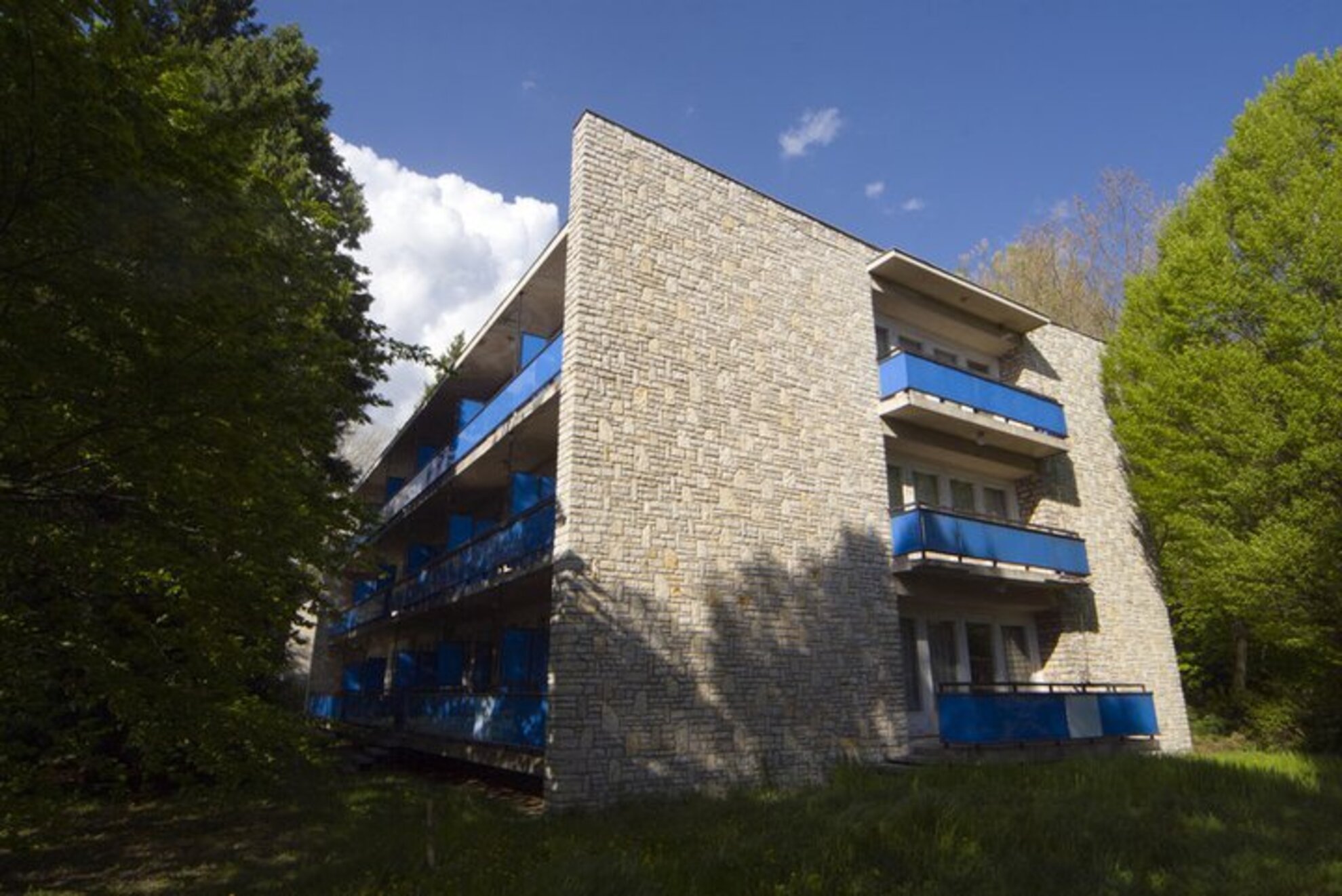
Both units were well equipped and offered numerous free time activities: by the 70s holidaymakers had pedal boats, sailing boats, a game room as well as a volleyball and a tennis court at their disposal. The private beach of the party resort even had its own row of beach stalls where beachgoers could enjoy a public beach vibe with lángos and ice cream. The girls of Béla Biszku were towed with a motorboat when they felt like going waterskiing, which along with sailing a tennis was way out of reach for regular holidaymakers at the time. Everyday people were happy just to get the chance to play a bit of table tennis.
Guests at the resort could also go to the movies: regular screenings were held at the outdoor cinema of Aliga I with the latest films being featured on the programme. Top flicks included Some Like It Hot with Marilyn Monroe and That Man from Rio, but Once Upon a Time in the West was no forbidden fruit either. At Aliga II no movie was off-limits: anything, even banned films were played if requested by the leadership. The coffee bar and ulti parties (a popular Hungarian card game) were other types of evening diversion, and ox roasts were also regular occurrences with a folk band playing all night long.
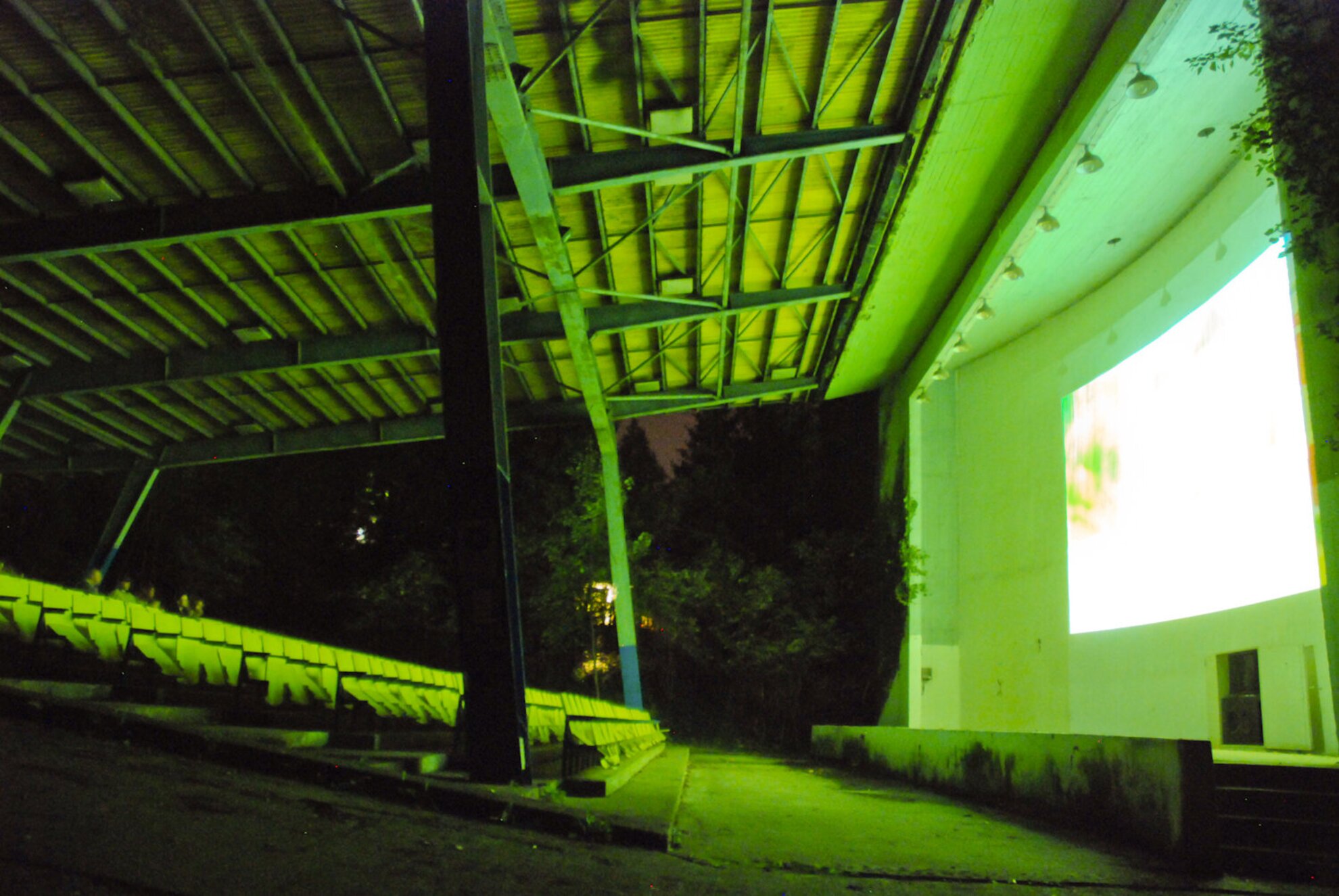
Similar to the party leaders, the staff of the holiday complex enjoyed various privileges as well: they didn’t earn significantly more than the national average, but they benefited from the exceptional level of services. Unlike the average citizen, they could gain access to such luxury products as bananas, colour TV and the coveted Trabant more quickly and easily. We know all this from reminiscences of former employees, archived documents and from records collected by the agencies responsible for monitoring party loyalty and conversations between functionaries.
Ironically, despite the extensive wire-tapping operation, listening to Radio Free Europe was a favourite pastime of hard of hearing István Tömpe, who stayed in Aliga all summer long and who was the head of Magyar Rádió és Televízió, Hungary’s public radio and television broadcasting organization from 1962, president of the board of Állami Rádió és Televízió, the state-run radio and television production organization between 1974 and 1983, and member of MSZMP’s Central Committee. Party functionaries did not only tune in on banned radio programmes, they were also fond of censored movies such as erotic flicks or Easy Rider.
